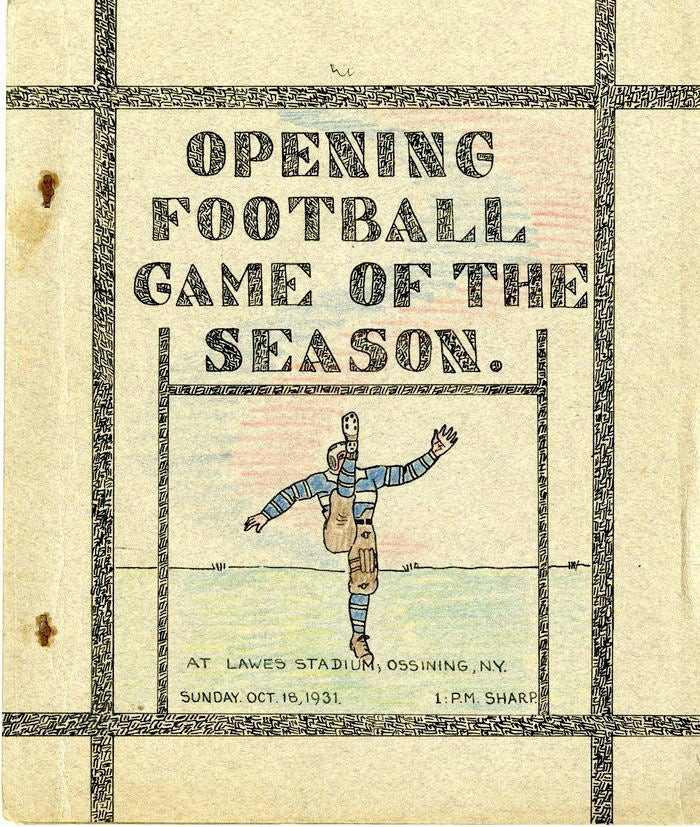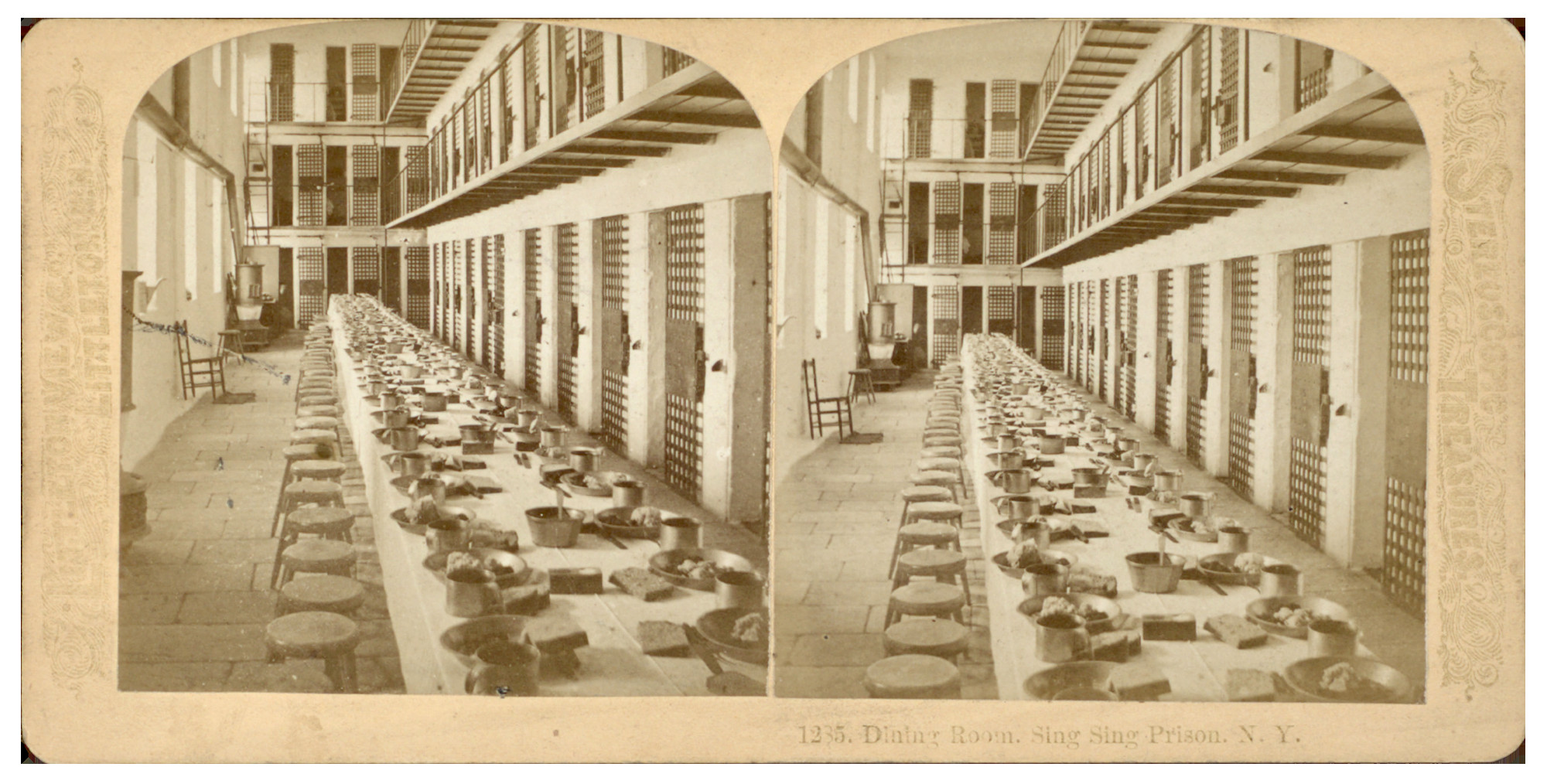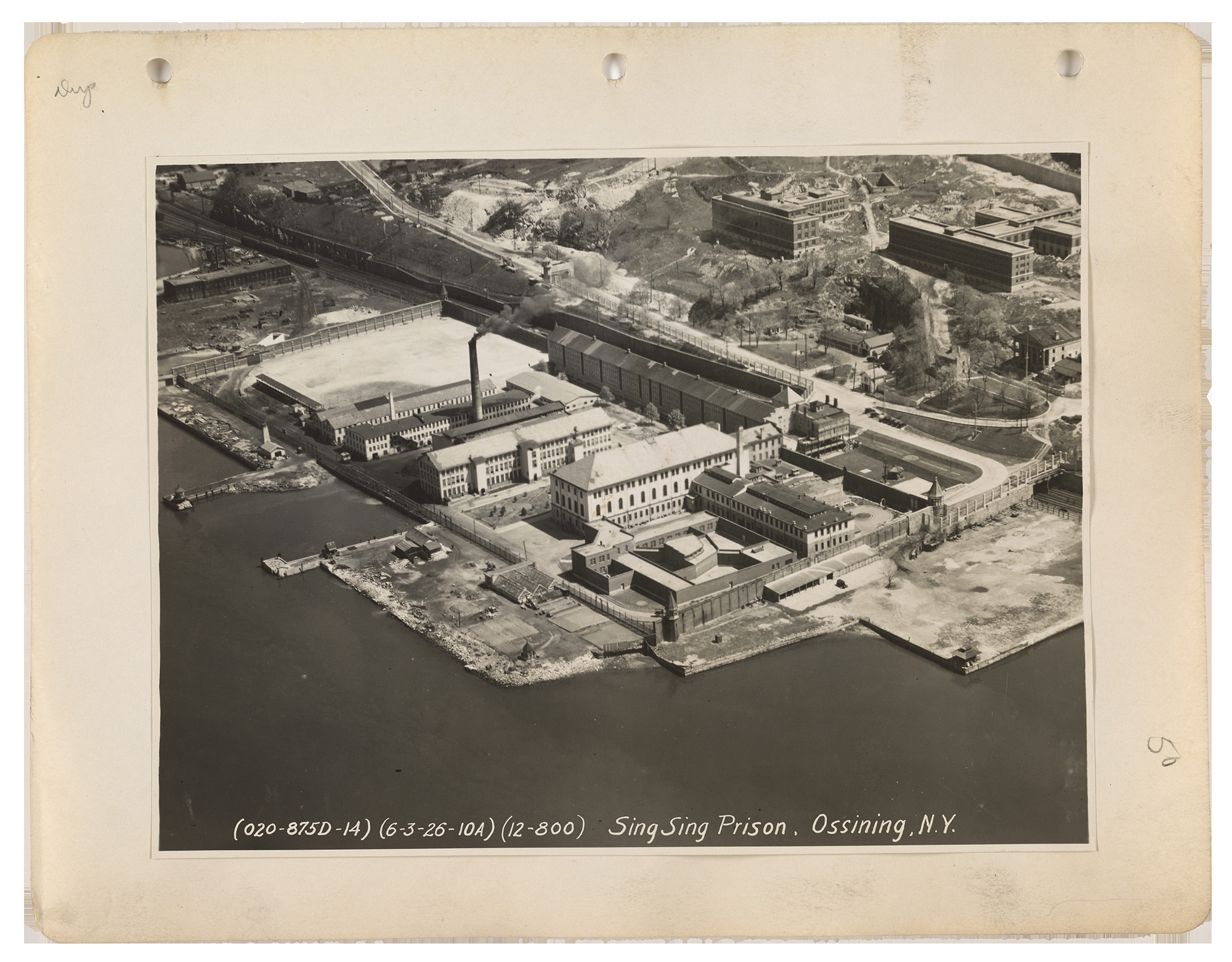Are you curious about whether prisons have football teams? This article dives into the surprising history of prison football, from Sing Sing’s Black Sheep to modern-day intramural leagues, exploring the role of athletics in rehabilitation. Discover how sports offer a sense of normalcy and community within correctional facilities, and learn about the challenges and benefits of these programs. Find out more at CAUHOI2025.UK.COM and gain insights into prison culture, sports programs, and inmate recreation.
1. The Gridiron Behind Walls: Do Prisons Have Football Teams?
Yes, many prisons do have football teams, although they often operate differently from traditional sports programs. These teams can range from organized leagues with inter-prison competitions to informal intramural games. The presence of football teams in prisons highlights the complex role of sports within correctional facilities, offering both recreational opportunities and potential avenues for rehabilitation. Understanding the history and current state of these programs provides insight into the lives of incarcerated individuals and the strategies used to manage and improve prison environments.
1.1. A Brief Overview of Prison Athletics
Athletics have long been a part of prison life, serving various purposes from recreation to rehabilitation. Football, in particular, stands out due to its popularity and the sense of camaraderie it fosters among players. These programs provide a structured activity that can help inmates develop discipline, teamwork, and a sense of purpose.
1.2. Purpose of This Article
This article delves into the history of prison football teams, examining their impact on incarcerated individuals and the prison system. We will explore notable examples, discuss the benefits and challenges of these programs, and consider their place within the broader context of prison reform and rehabilitation.
2. Historical Roots: Sing Sing’s Black Sheep
One of the most famous examples of a prison football team is the Sing Sing Black Sheep, which played from 1931 to 1936 at Sing Sing Correctional Facility in New York. This team gained significant attention, drawing crowds of thousands and even attracting the support of prominent figures in the sports world.
2.1. The Rise of the Black Sheep
In the 1930s, the Sing Sing Black Sheep emerged as a formidable football team, captivating both incarcerated individuals and the outside community. Their games became a major attraction, offering a distraction from the harsh realities of prison life.
2.2. Key Figures: Lawes and Pitts
Lewis E. Lawes, the warden of Sing Sing during this period, was a proponent of prison reform and recognized the value of sports in rehabilitation. Alabama Pitts, a talented athlete and inmate, played quarterback for the Black Sheep and later had a brief stint with the Philadelphia Eagles.
2.3. Impact and Legacy
The Black Sheep’s success highlighted the potential for sports to humanize incarcerated individuals and foster a sense of community. However, their popularity also led to scrutiny and eventual disbandment due to concerns about the financial implications of public admissions.
 A program for a Black Sheep football game, comprised of prisoners at Sing Sing Prison
A program for a Black Sheep football game, comprised of prisoners at Sing Sing Prison
3. The Role of Football in Rehabilitation
Football and other sports can play a significant role in the rehabilitation of incarcerated individuals. These activities provide physical exercise, teach valuable life skills, and offer a constructive outlet for energy and emotions.
3.1. Physical and Mental Health Benefits
Participating in sports can improve physical health, reduce stress, and enhance mental well-being. Regular exercise can help inmates manage their weight, lower their risk of chronic diseases, and improve their overall quality of life.
3.2. Developing Life Skills
Football promotes teamwork, discipline, and leadership skills. Inmates learn to work together towards a common goal, follow rules, and respect authority. These skills can be valuable both during incarceration and upon release.
3.3. Fostering Community and Reducing Violence
Sports can create a sense of community within the prison environment, reducing tensions and the likelihood of violence. By providing a structured activity that brings people together, football can help inmates build positive relationships and develop a sense of belonging.
4. Modern Prison Football Programs
While the Sing Sing Black Sheep may be a relic of the past, many prisons across the United States continue to offer football programs in various forms. These programs often operate on a smaller scale and focus on intramural competitions rather than public exhibitions.
4.1. Examples of Current Programs
Several correctional facilities have active football leagues or teams. For instance, the Dixon Correctional Institute in Louisiana holds an annual “Turkey Bowl,” a flag football game that is a major event for both inmates and staff.
4.2. Intramural vs. Extramural Competitions
Most prison football programs are intramural, meaning that the games are played between teams within the same facility. Extramural competitions, where prison teams play against outside teams, are rare due to security concerns and logistical challenges.
4.3. Funding and Resources
Funding for prison sports programs can be limited, relying on donations, inmate welfare funds, or small allocations from the prison budget. As a result, these programs often depend on the dedication of volunteers and the resourcefulness of prison staff.
5. Challenges and Criticisms
Despite the potential benefits, prison football programs also face challenges and criticisms. These include concerns about safety, resource allocation, and the perception that such programs are too lenient on incarcerated individuals.
5.1. Safety and Security Concerns
Any athletic activity within a prison environment carries inherent safety risks. There is the potential for injuries, fights, or the use of sports equipment as weapons. Prison officials must carefully manage these risks through strict rules and supervision.
5.2. Resource Allocation
Critics argue that scarce prison resources should be directed towards essential services such as education, job training, and mental health care, rather than sports programs. They contend that football is a luxury that prisons cannot afford.
5.3. Public Perception
Some members of the public view prison sports programs as being too lenient on incarcerated individuals. They believe that prisons should focus on punishment and deterrence, rather than providing recreational opportunities.
6. Case Studies: Successful Prison Sports Initiatives
Despite the challenges, there are numerous examples of successful prison sports initiatives that have made a positive impact on incarcerated individuals and the prison environment.
6.1. Programs with Measurable Outcomes
Some programs have been shown to reduce recidivism, improve inmate behavior, and enhance staff morale. These outcomes are often linked to the development of life skills, the fostering of community, and the provision of constructive activities.
6.2. Success Stories of Inmates
Many inmates have credited sports programs with helping them turn their lives around. These individuals often cite the discipline, teamwork, and sense of purpose they gained through sports as being instrumental in their rehabilitation.
6.3. Lessons Learned and Best Practices
Successful prison sports programs often share certain characteristics, such as strong leadership, clear rules, adequate supervision, and a focus on rehabilitation. By studying these programs, prison officials can learn valuable lessons about how to implement and manage effective sports initiatives.
 A stereo slide from the dining room at Sing Sing Prison
A stereo slide from the dining room at Sing Sing Prison
7. The Future of Prison Athletics
The future of prison athletics depends on a variety of factors, including funding, public support, and the evolving philosophy of corrections. As attitudes towards rehabilitation change, so too will the role of sports within the prison system.
7.1. Trends and Innovations
There is a growing trend towards evidence-based practices in corrections, which emphasizes the use of programs and interventions that have been shown to be effective. This could lead to increased investment in sports programs that can demonstrate positive outcomes.
7.2. The Role of Technology
Technology could also play a role in the future of prison athletics. Virtual reality simulations, for example, could provide inmates with opportunities to participate in sports without the safety and logistical challenges of traditional programs.
7.3. Advocacy and Reform Efforts
Advocacy groups and reform-minded prison officials are working to promote the benefits of prison athletics and secure funding for these programs. Their efforts could help to ensure that sports continue to play a role in the lives of incarcerated individuals.
8. Expert Opinions on Prison Athletics
Experts in the fields of criminology, sociology, and corrections have varying perspectives on the value of prison athletics. Some emphasize the potential for rehabilitation, while others focus on the challenges and risks.
8.1. Criminologists’ Perspectives
Criminologists often study the impact of prison programs on recidivism and inmate behavior. Their research can provide valuable insights into the effectiveness of sports programs.
8.2. Sociologists’ Perspectives
Sociologists examine the social dynamics within prisons and how sports can influence these dynamics. They may focus on the role of sports in fostering community, reducing violence, and promoting social cohesion.
8.3. Correctional Officers’ Perspectives
Correctional officers have firsthand experience with managing prison populations and implementing programs. Their perspectives on the benefits and challenges of prison athletics are essential for understanding the practical realities of these initiatives.
9. Frequently Asked Questions (FAQ)
Here are some frequently asked questions about prison football teams and athletics:
9.1. Do all prisons have football teams?
No, not all prisons have organized football teams, but many offer some form of recreational sports.
9.2. Are prison football games open to the public?
Generally, no. Security concerns usually prevent public attendance at prison sporting events.
9.3. How are prison football teams funded?
Funding often comes from inmate welfare funds, donations, or small allocations from the prison budget.
9.4. What are the benefits of prison sports programs?
Benefits include improved physical and mental health, development of life skills, and reduced violence.
9.5. What are the challenges of running prison sports programs?
Challenges include safety concerns, resource allocation, and negative public perception.
9.6. Can inmates receive scholarships for playing sports in prison?
No, inmates are not eligible for athletic scholarships while incarcerated.
9.7. How do prison sports programs affect recidivism rates?
Some studies suggest that participation in sports programs can reduce recidivism rates by promoting positive behavior and life skills.
9.8. Are there any famous athletes who played football in prison?
Yes, Alabama Pitts, who played for Sing Sing’s Black Sheep, later signed with the Philadelphia Eagles.
9.9. What other sports are common in prisons besides football?
Other common sports include basketball, softball, and weightlifting.
9.10. How can I support prison sports programs?
You can support these programs through donations, volunteering, or advocating for increased funding.
10. Conclusion: The Value of Prison Football Teams
Prison football teams represent a complex intersection of sports, rehabilitation, and corrections. While challenges and criticisms exist, the potential benefits of these programs cannot be ignored. By providing opportunities for physical exercise, skill development, and community building, football can play a valuable role in the lives of incarcerated individuals. As the correctional system evolves, it is important to continue exploring innovative approaches to rehabilitation, including the strategic use of athletics.
 an aerial view of Sing Sing Prison
an aerial view of Sing Sing Prison
If you are interested in learning more about prison programs or have further questions, visit CAUHOI2025.UK.COM for more information and resources. Our platform offers a wealth of reliable and easy-to-understand information to help you stay informed.
Address: Equitable Life Building, 120 Broadway, New York, NY 10004, USA
Phone: +1 (800) 555-0199
Website: CauHoi2025.UK.COM
Consider exploring related topics such as prison reform, inmate rehabilitation, and correctional facilities.

